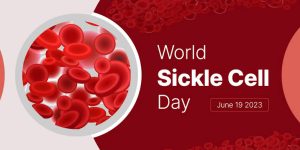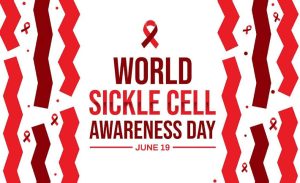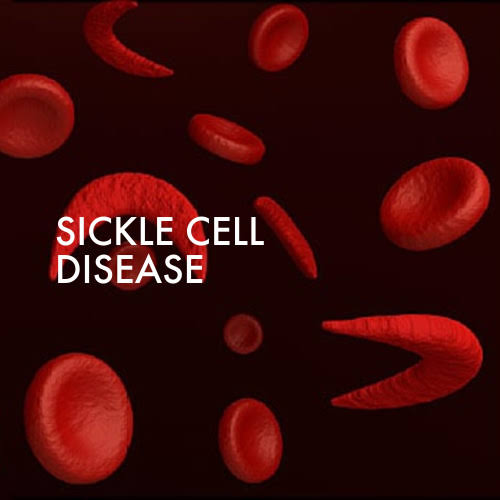In a world where red blood cells reign supreme, a group of brave warriors dared to defy the odds. They were the Hemoglobin Heroes, fighting against the sinister forces of Sickle Cell disease that sought to twist and torture their bodies. Led by the fearless Captain HbA, they embarked on a perilous journey to conquer the treacherous landscapes of pain and fatigue.
As they battled through the dark valleys of anemia and the treacherous mountains of organ damage, the Hemoglobin Heroes discovered hidden strengths within themselves. They found solace in their unbreakable bond, their unwavering determination, and their unrelenting hope. With every triumph over a crisis, their legend grew, inspiring others to join their quest for a life free from the shackles of Sickle Cell. The wind whispered tales of their bravery, and the sun shone brighter with every step they took towards victory.
But the war was far from won. The Hemoglobin Heroes knew that their greatest challenge lay ahead – a final showdown with the merciless enemy that had haunted them for so long. With hearts ablaze and spirits unbroken, they charged into the fray, their weapons shining with the light of hope and resilience. The fate of generations hung in the balance, and the world held its breath as the Hemoglobin Heroes fought for a future where Sickle Cell disease would be nothing more than a distant memory. The battle raged on, and the Heroes’ legend grew – a beacon of inspiration to all who dared to dream of a life without limits.
What is Sickle Cell Disease?
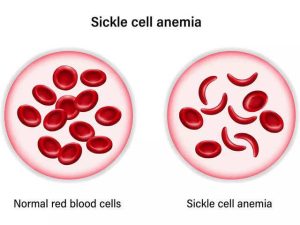
Sickle cell disease (SCD): A genetic disorder causing abnormal hemoglobin production, leading to sickle-shaped red blood cells, anemia, pain, and organ damage.
Sickle cell disease (SCD) symptoms:
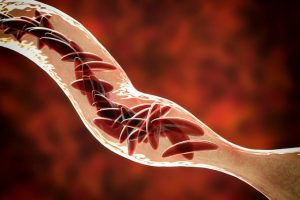
– Anemia (low red blood cell count)
– Episodes of pain (acute or chronic)
– Swelling of hands and feet
– Yellowish skin and eyes (jaundice)
– Fatigue
– Shortness of breath
– Increased infections
– Delayed growth and development
– Vision problems
– Organ damage (kidneys, liver, spleen)
Note: Symptoms vary in severity and frequency, and may change over time.
Sickle cell disease (SCD) prevention:
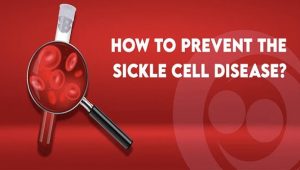
– Genetic counseling and testing for families with a history of SCD
– Newborn screening for early detection and treatment
– Prenatal testing for pregnant women with a family history of SCD
– Avoiding triggers that can cause pain crises, such as:
– Dehydration
– Stress
– Cold temperatures
– High altitudes
– Strenuous physical activity
– Maintaining a healthy lifestyle, including:
– A balanced diet
– Regular exercise
– Adequate hydration
– Sufficient sleep
– Avoiding harmful substances, such as:
– Tobacco
– Alcohol
– Drugs
Note: While these measures can help prevent complications, SCD is a genetic condition and cannot be completely prevented.
Sickle cell disease (SCD) is caused by:
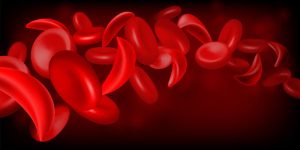
1. Genetic mutation: A change in the HBB gene that codes for hemoglobin.
2. Inheritance: SCD is inherited from one’s parents, who may be carriers of the mutated gene.
3. Abnormal hemoglobin production: The mutated gene leads to the production of sickle hemoglobin (HbS), which causes red blood cells to become sickle-shaped.
4. Replacement of normal hemoglobin: HbS replaces normal hemoglobin (HbA), leading to the sickling of red blood cells.
Note: SCD is a genetic disorder, and there is no other cause besides inheritance from one’s parents.
Complications
– Stroke: Weakness, numbness, seizures, or loss of consciousness
– Acute chest syndrome: Chest pain, fever, difficulty breathing
– Avascular necrosis: Joint pain and decreased mobility
– Pulmonary hypertension: Shortness of breath, fatigue
– Organ damage: Kidney, liver, or spleen damage
– Splenic sequestration: Abdominal pain, enlarged spleen
– Blindness: Vision loss, blindness
– Leg ulcers: Open sores on legs
– Gallstones: Abdominal pain
– Priapism: Painful, prolonged erections
– Deep vein thrombosis: Blood clots, pain, swelling
– Pregnancy complications: High blood pressure, blood clots, miscarriage
Diagnostic lnvestigations
– Blood tests: To measure the amount of hemoglobin S (HbS) and hemoglobin A (HbA) in the blood.
– Genetic tests: To identify the sickle cell gene mutation.
– Newborn screening: A heel prick blood test is done in all newborns to screen for sickle cell disease.
– Prenatal testing: Amniocentesis or chorionic villus sampling can detect sickle cell disease in the fetus.
– Ultrasound: To assess stroke risk and detect organ damage.
– Imaging tests: X-rays, CT or MRI scans may be done to detect organ damage.
Treatments

– Hydroxyurea: Reduces sickling and prevents several complications
– Voxelotor: Prevents sickling of red blood cells
– L-glutamine: Reduces vaso-occlusive crises and pain crises
– Crizanlizumab-tmca: Prevents blood cells from sticking to blood vessel walls
– Penicillin: Lowers risk of infection in children
– Blood transfusions: Treat and prevent complications
– Bone marrow transplant: Replaces bone marrow with a donor’s
– Gene therapies: Add a gene to the body or change a gene to improve cell function
– Folic acid supplements: Supports the production of new red blood cells
– Pain-relieving medicines: Relieve pain during sickle cell pain crises
